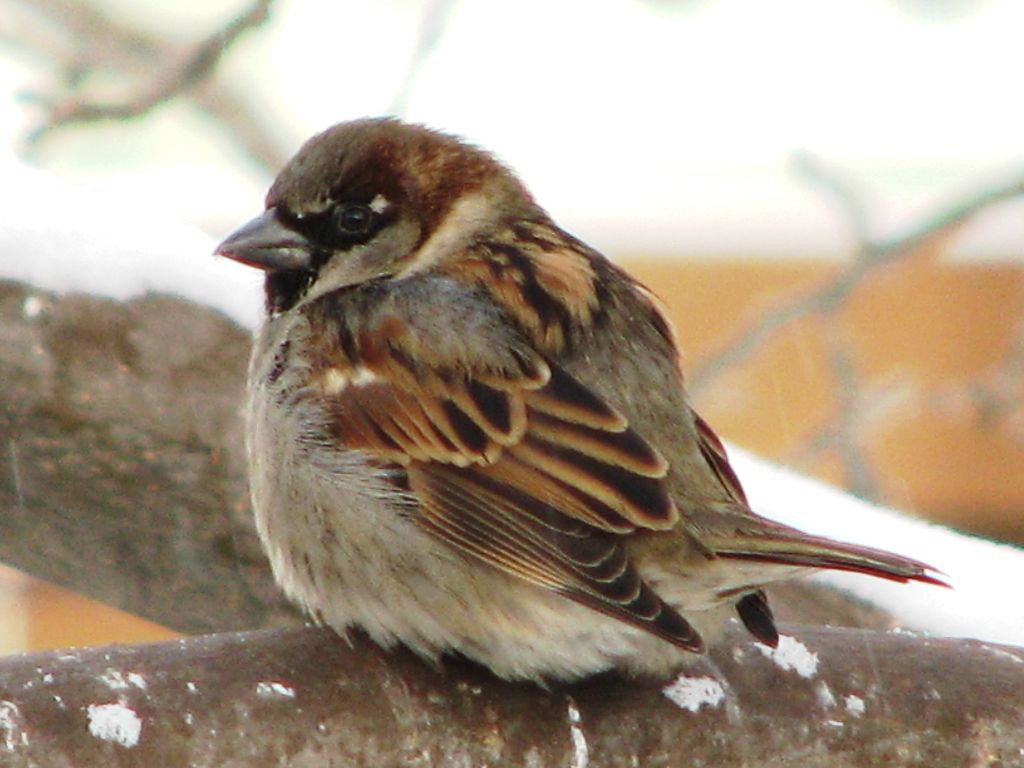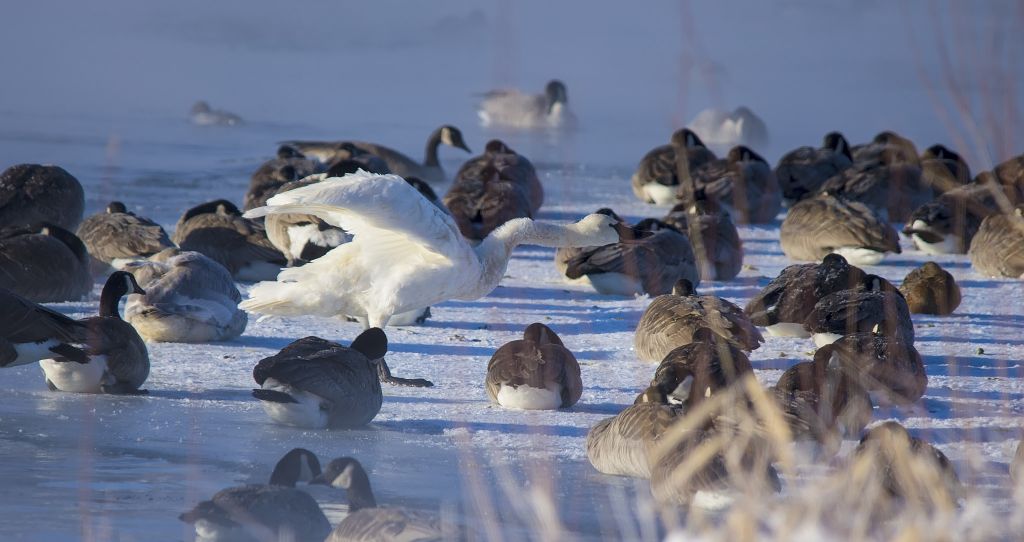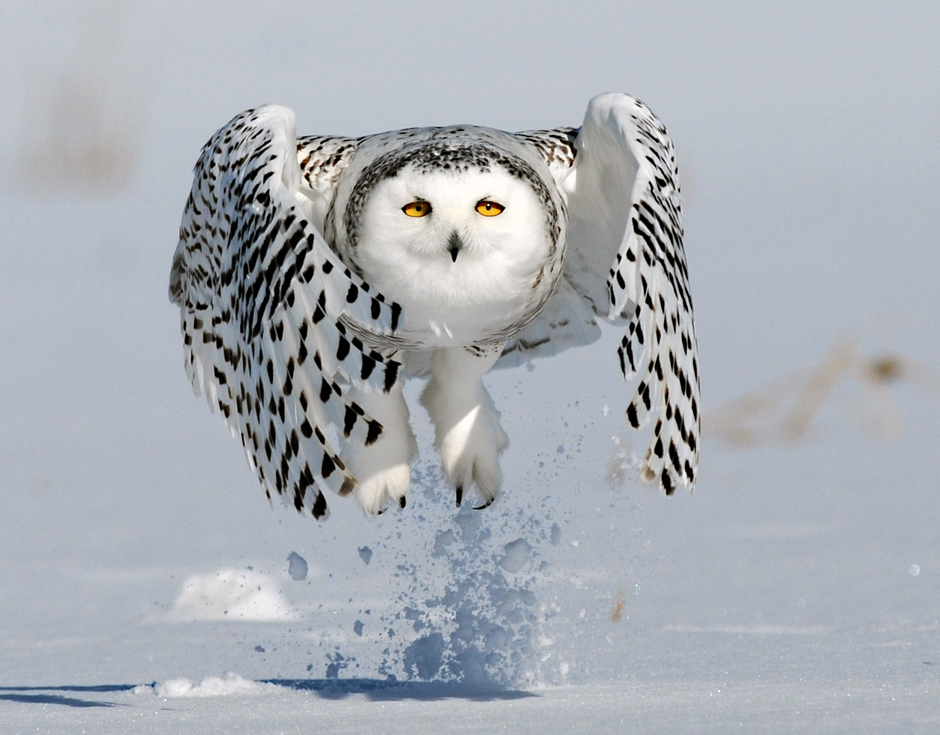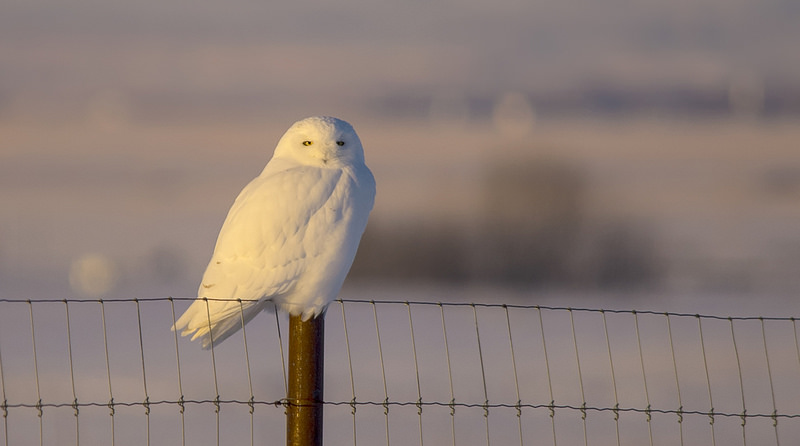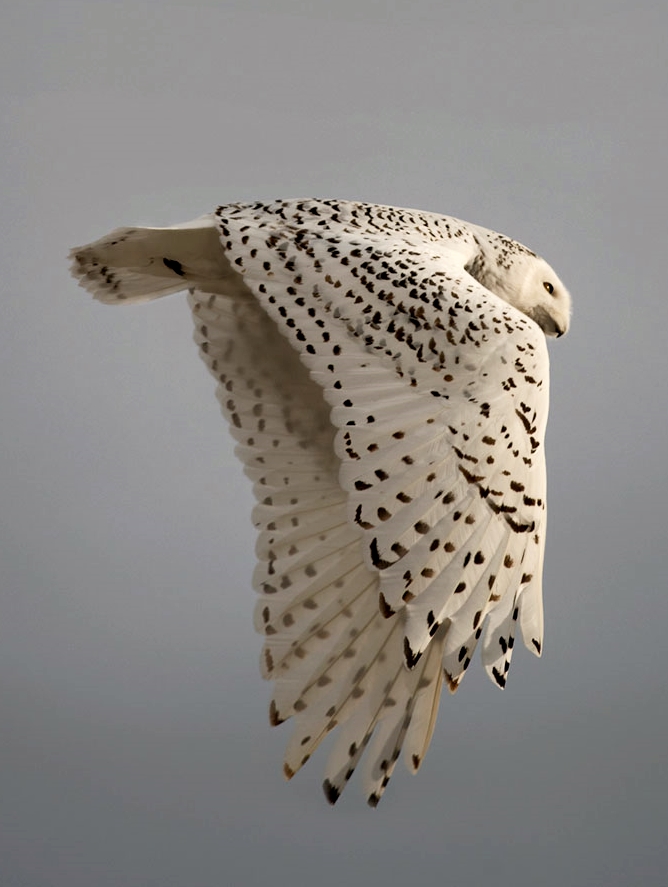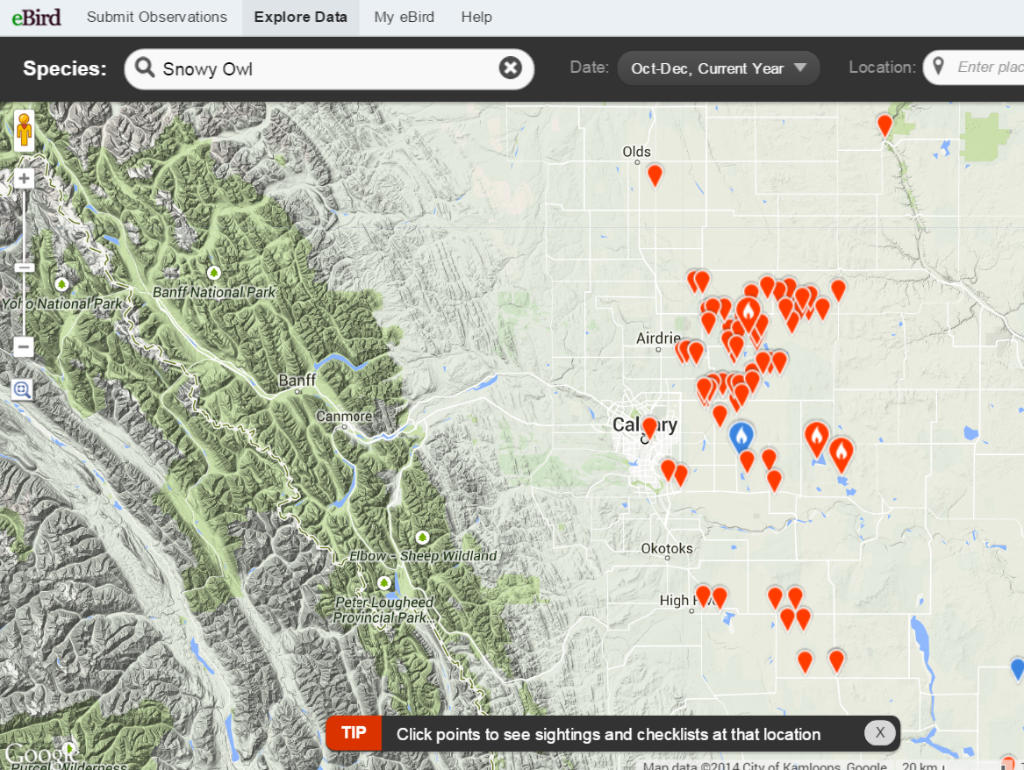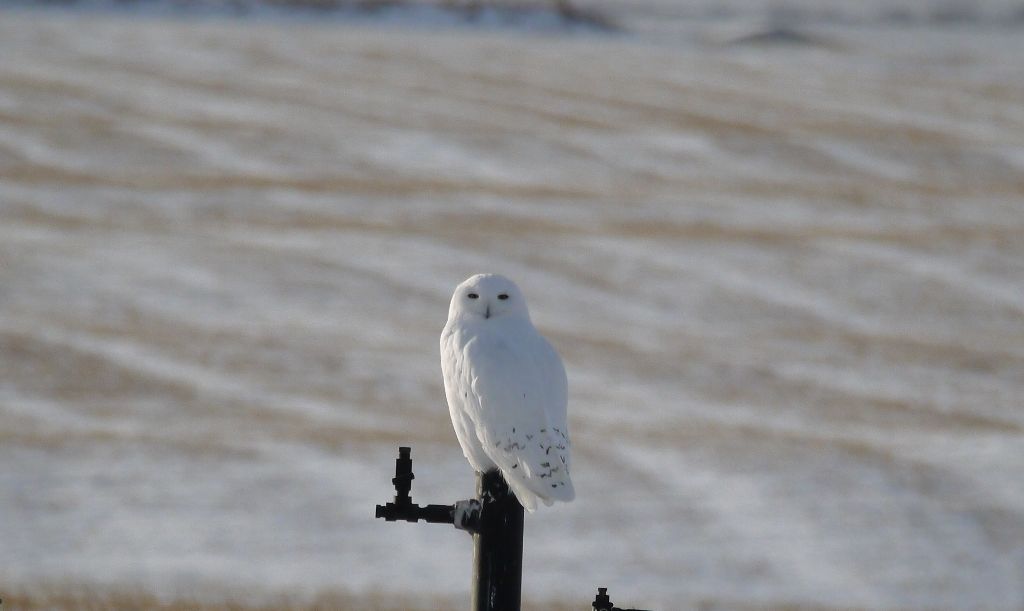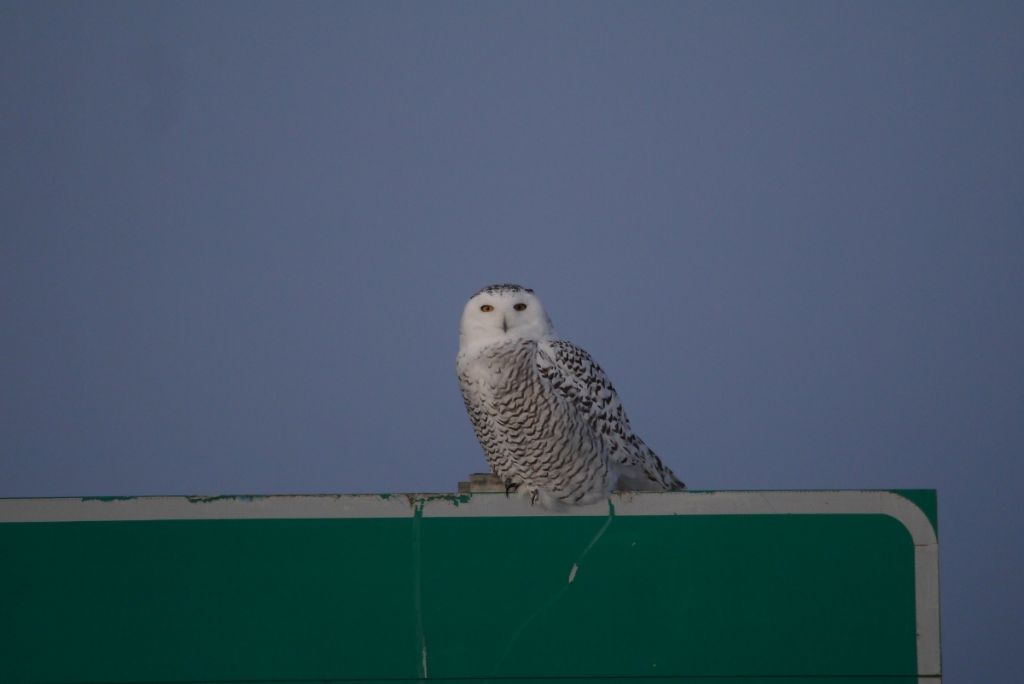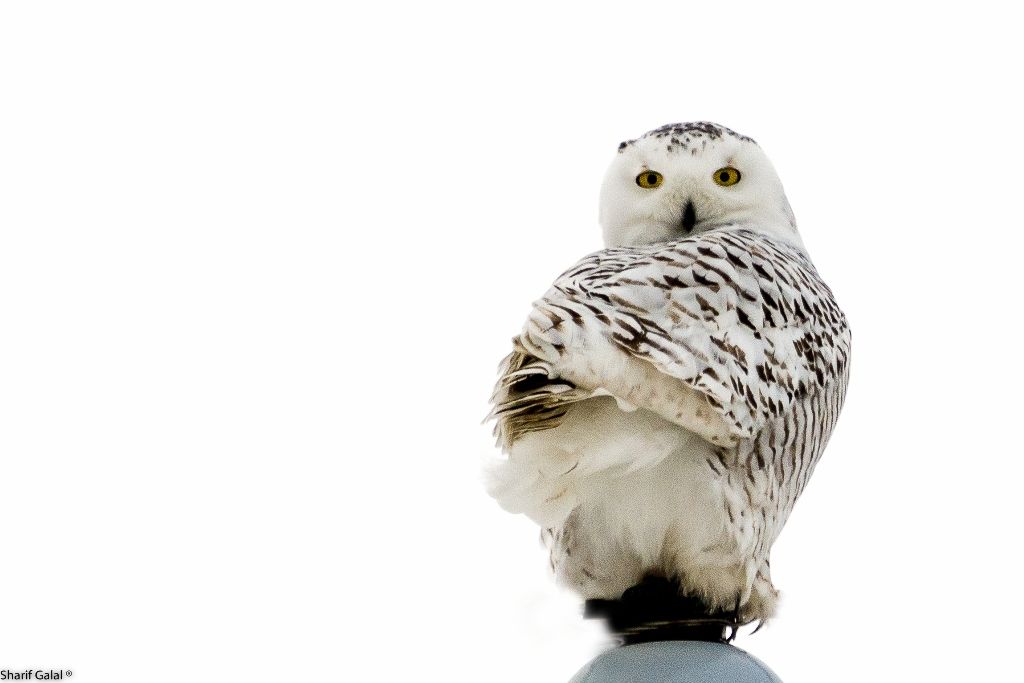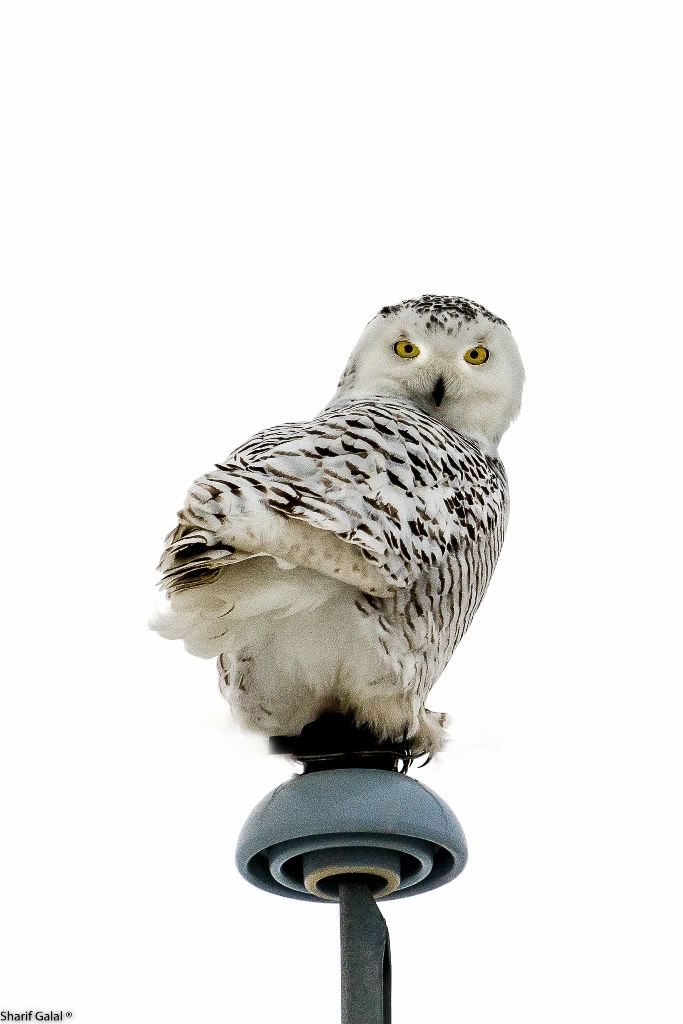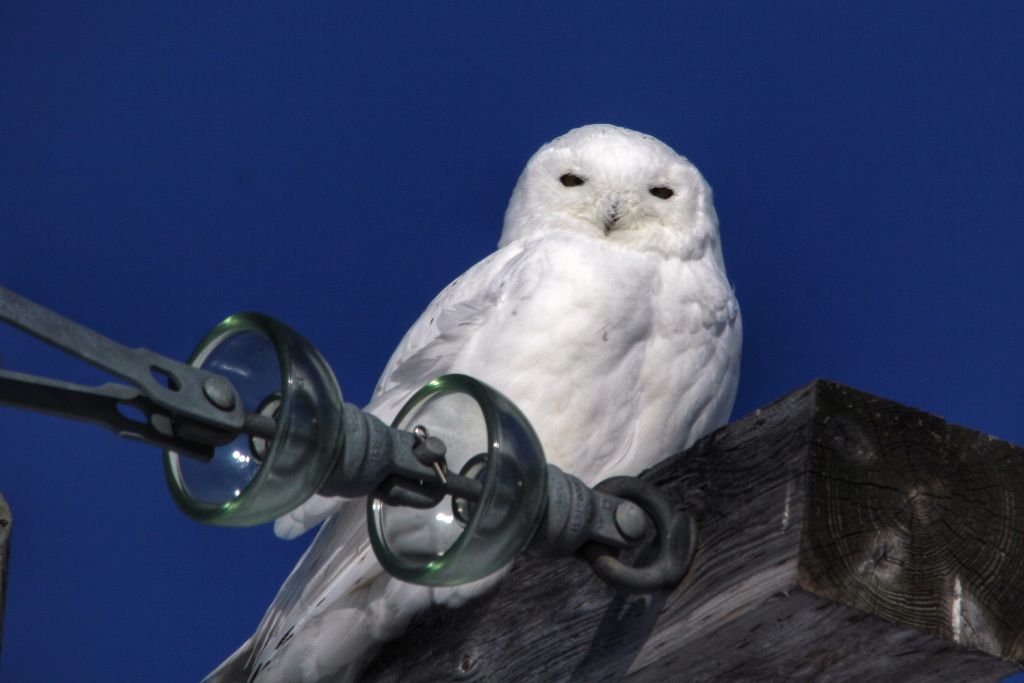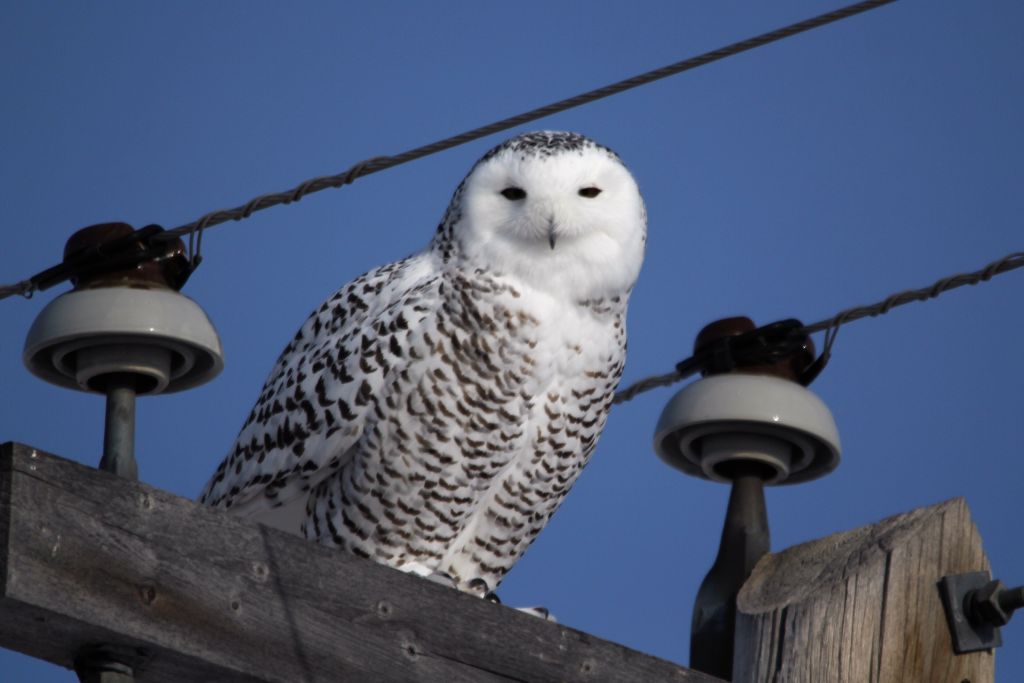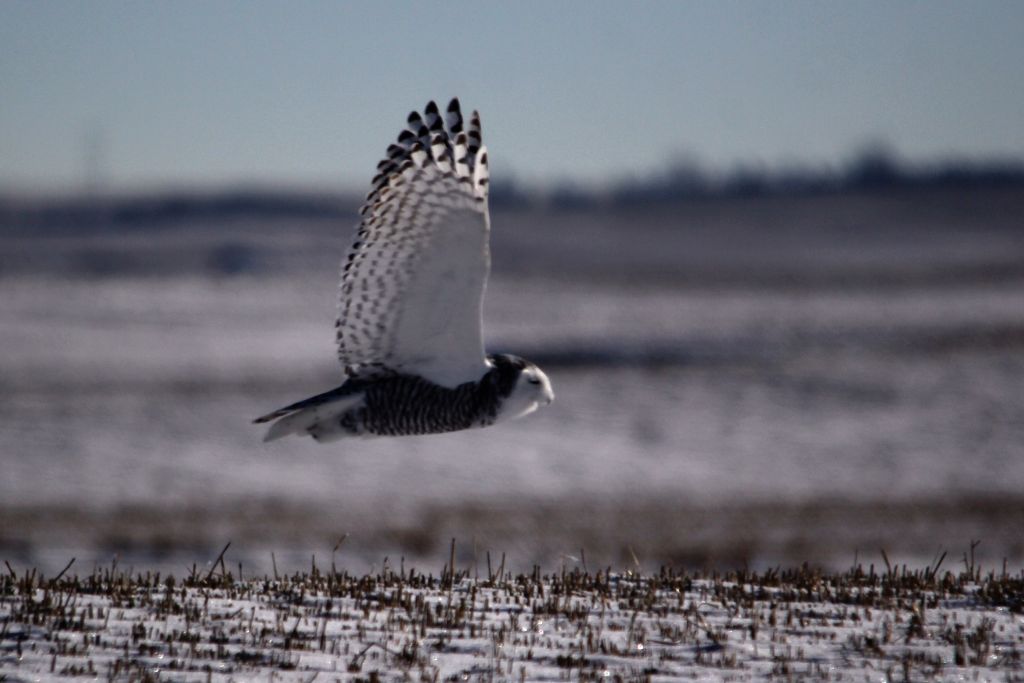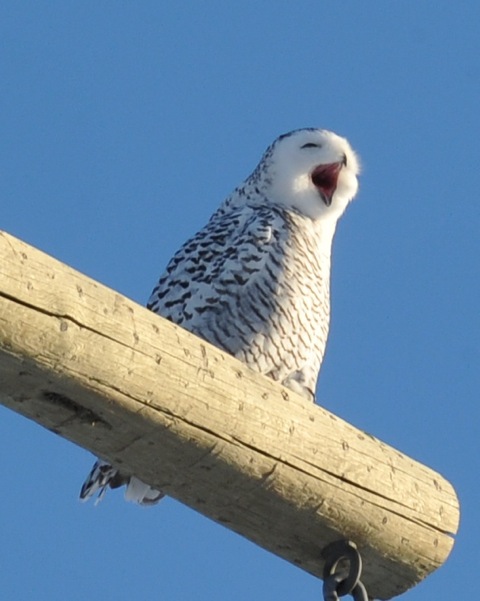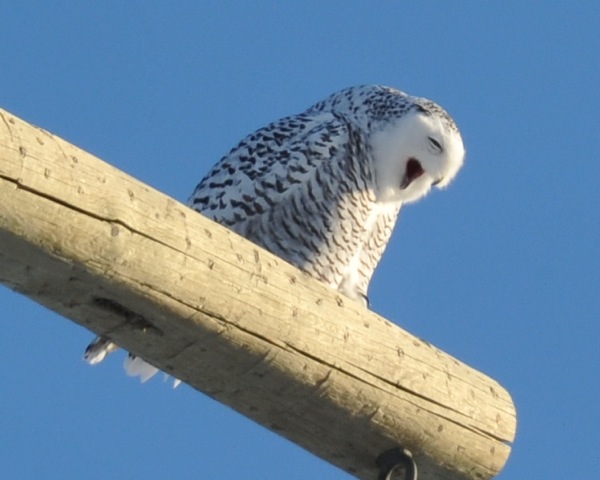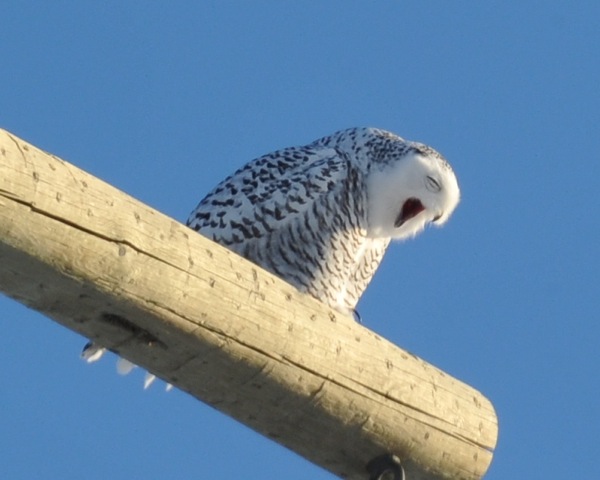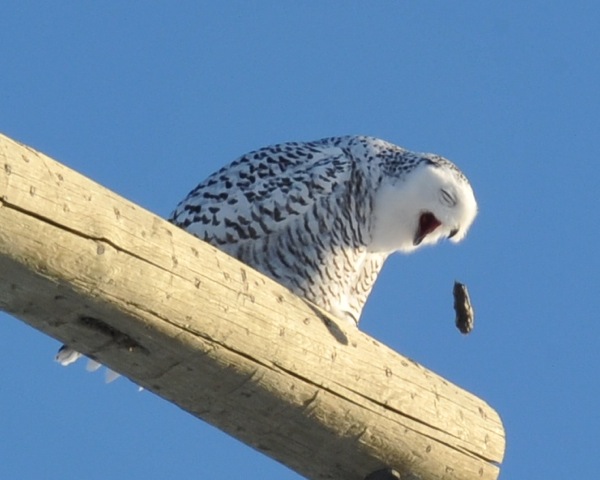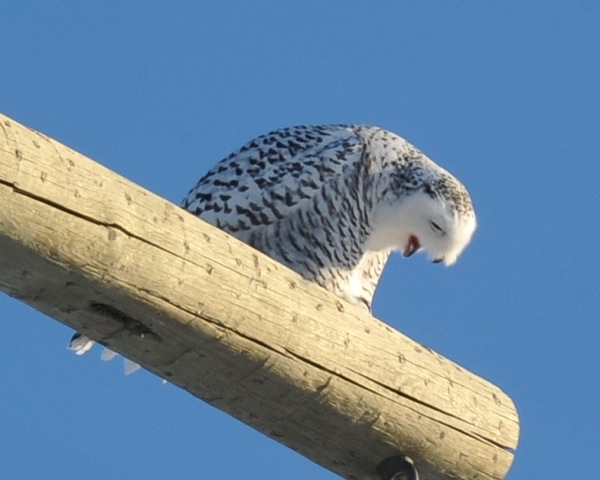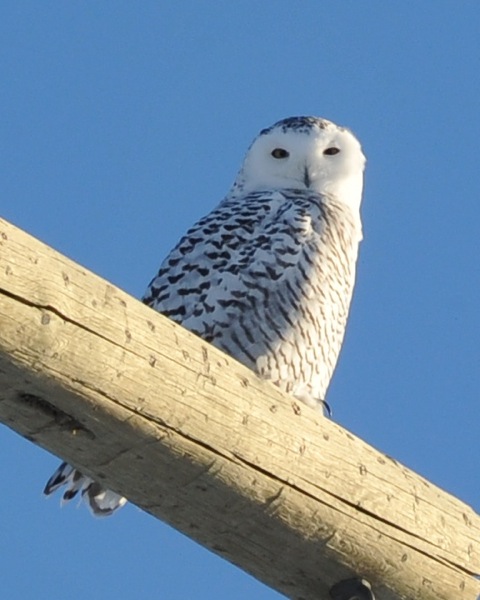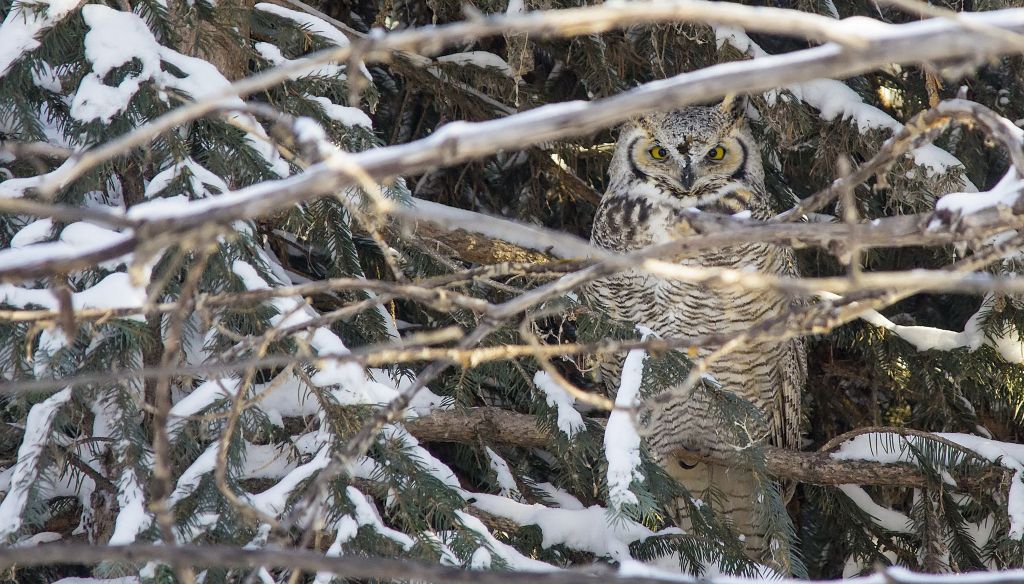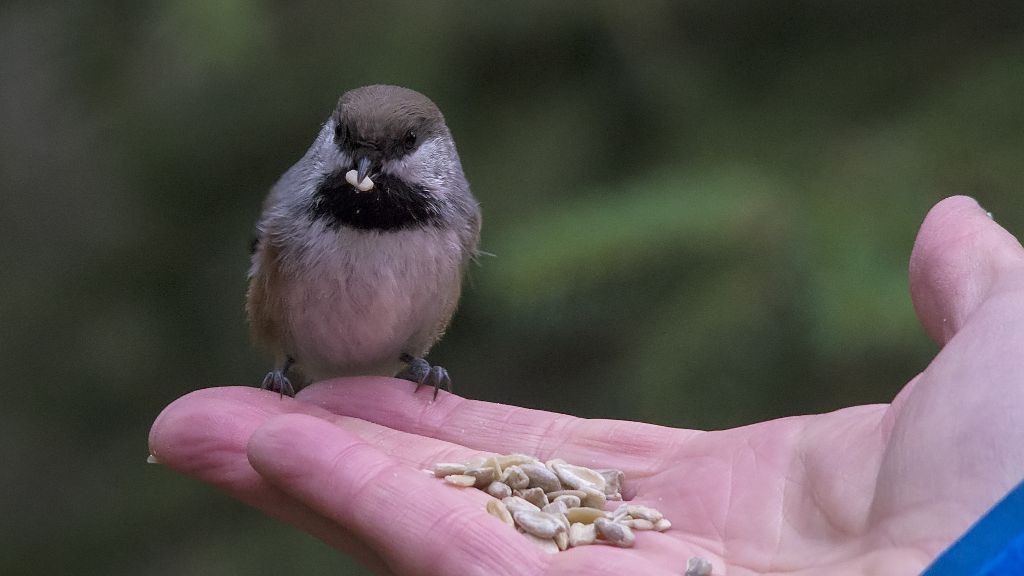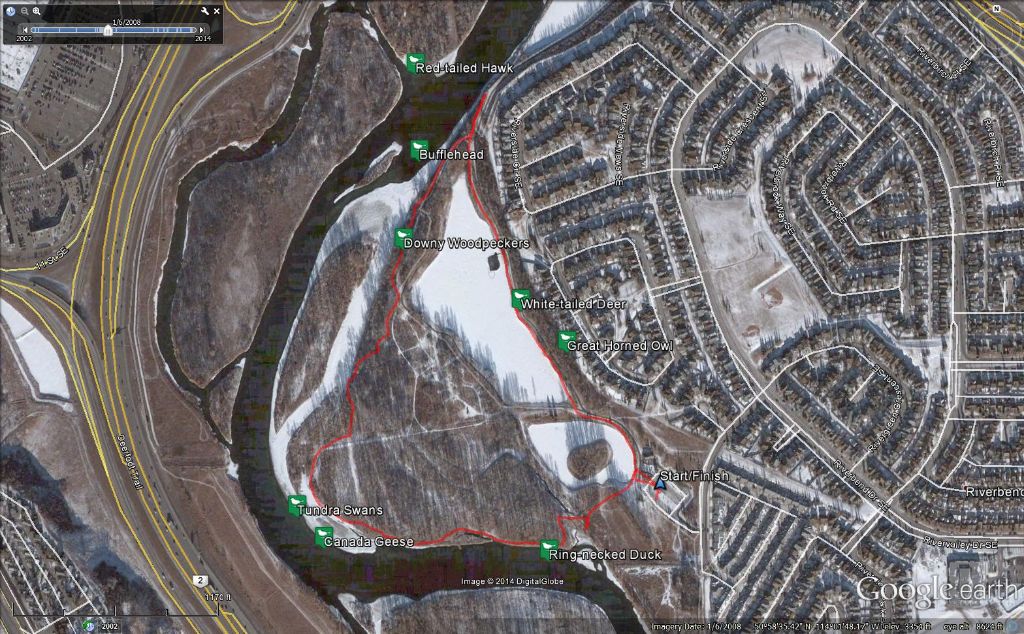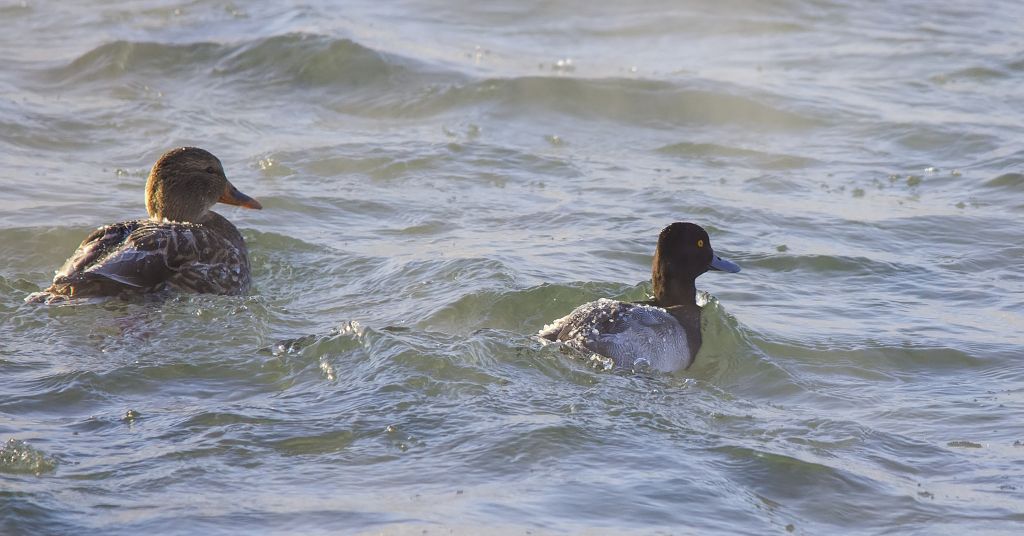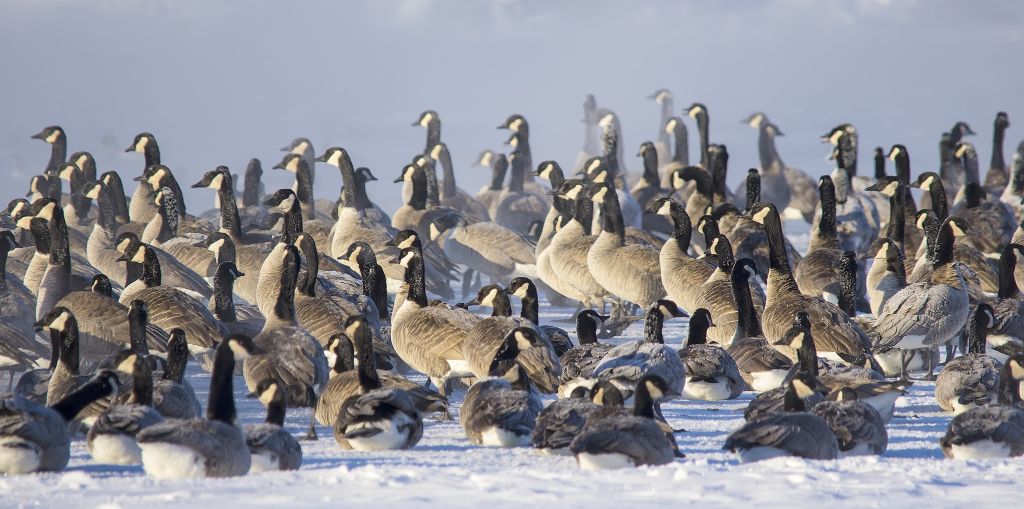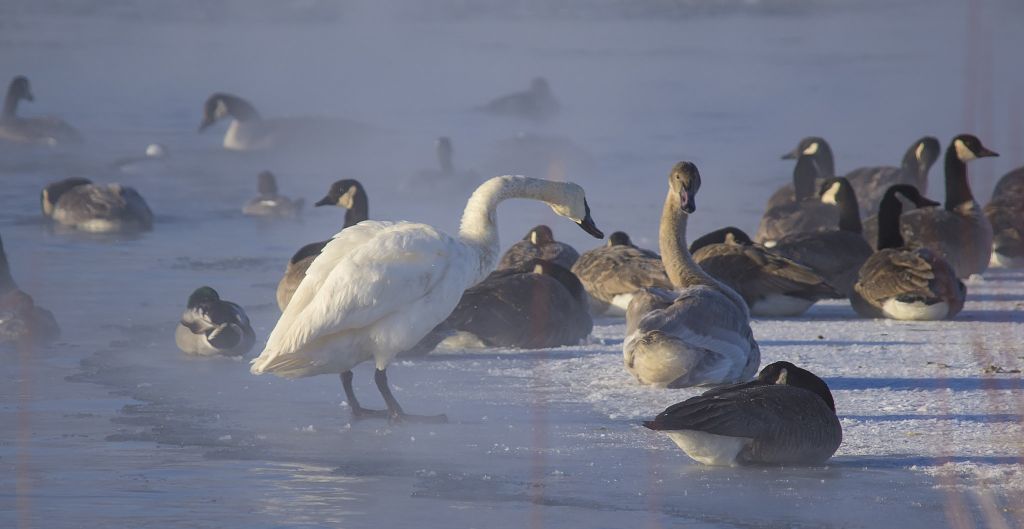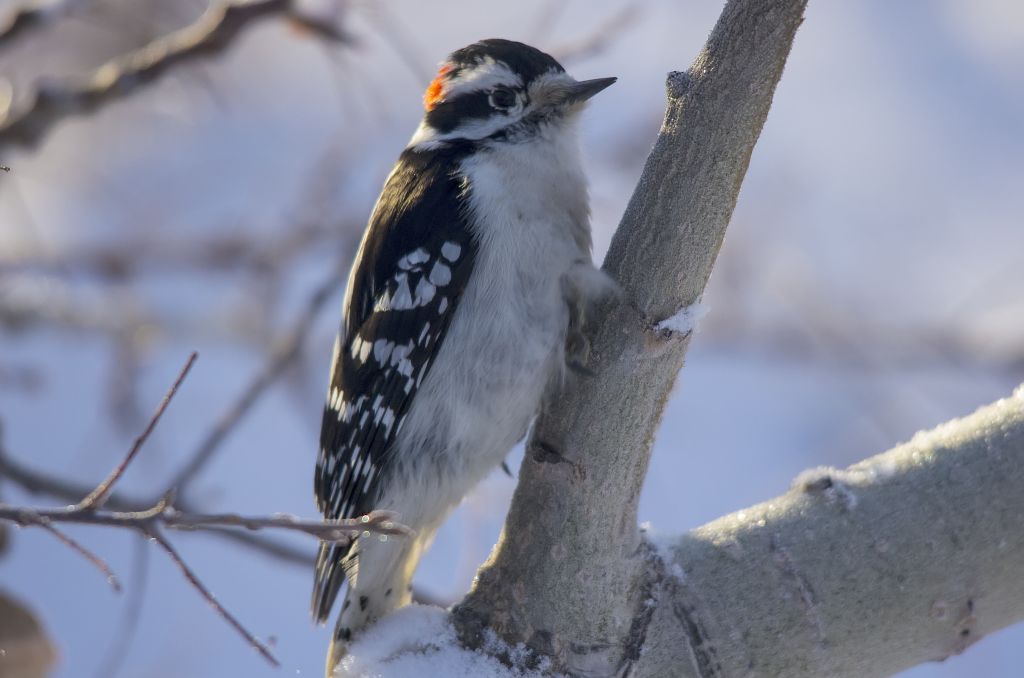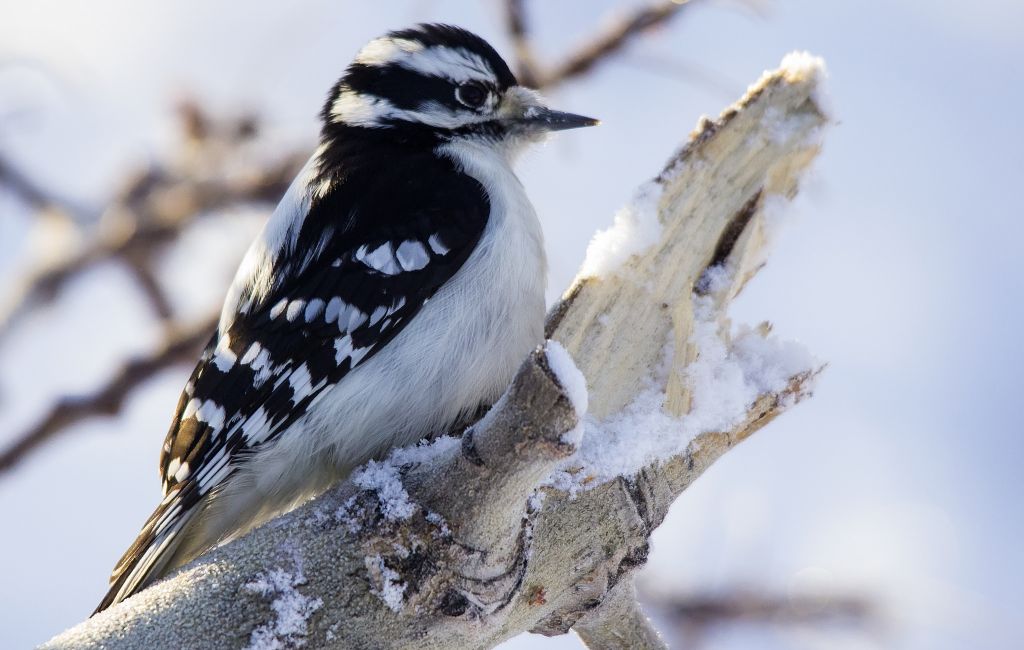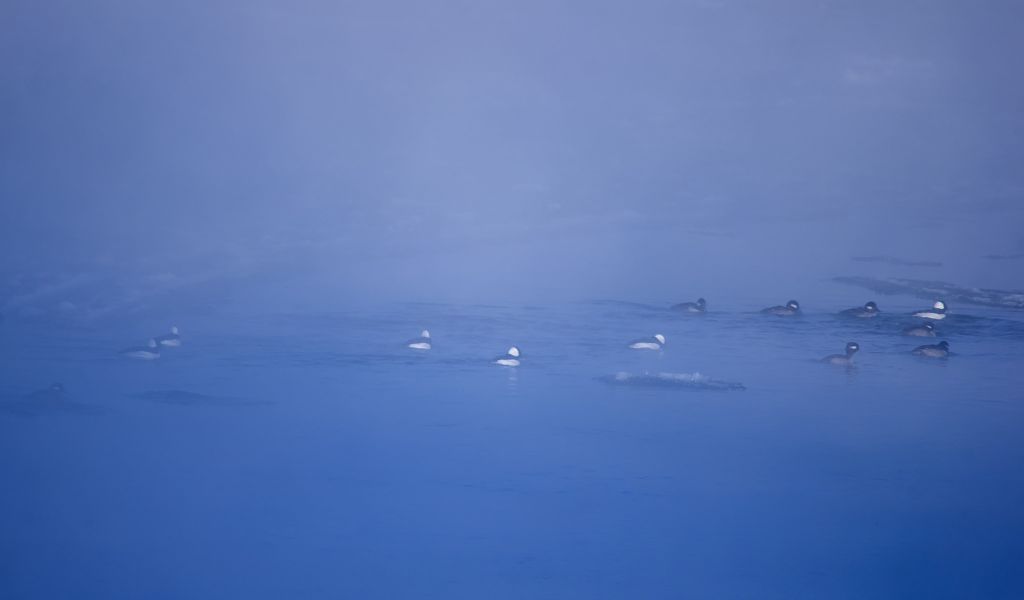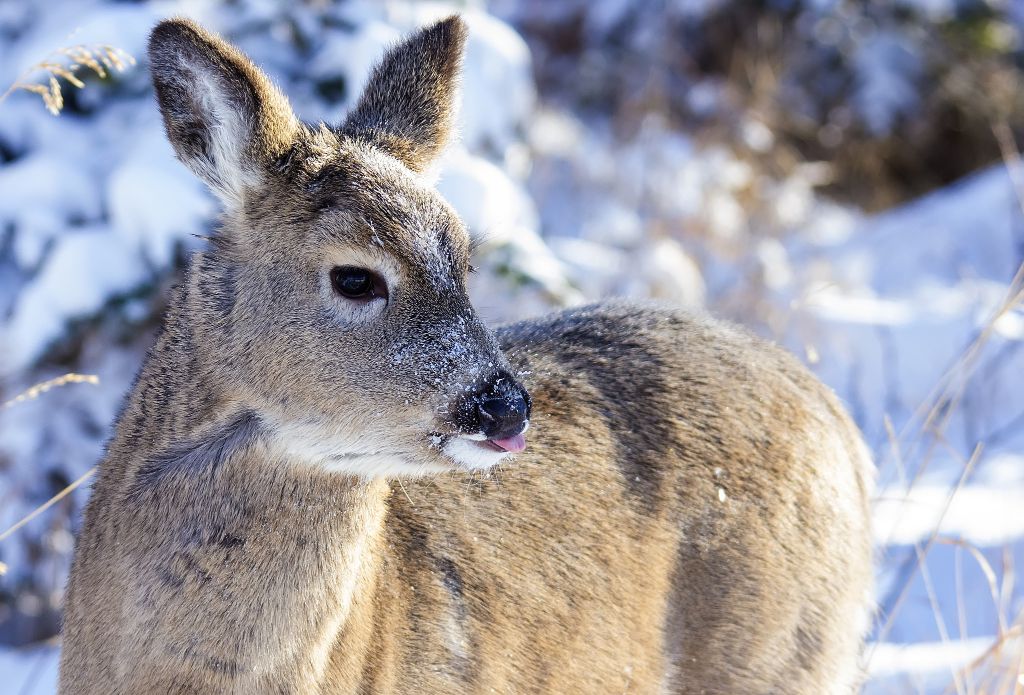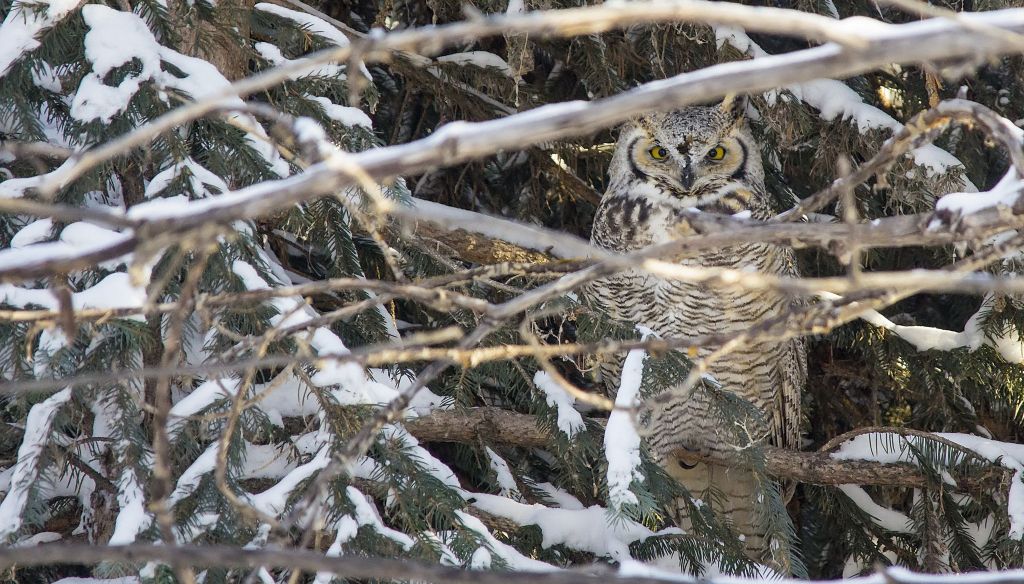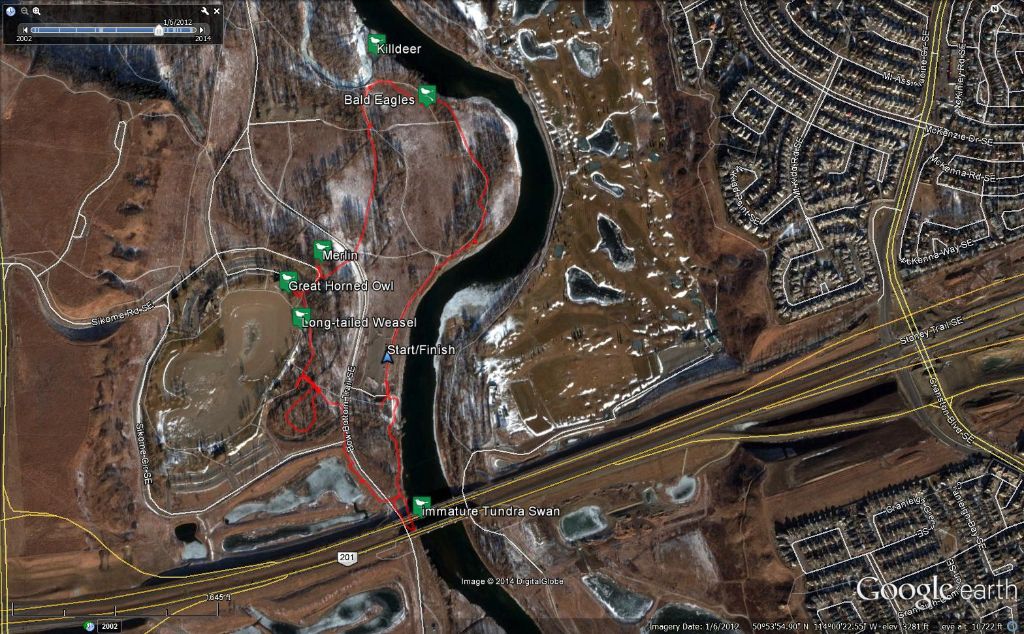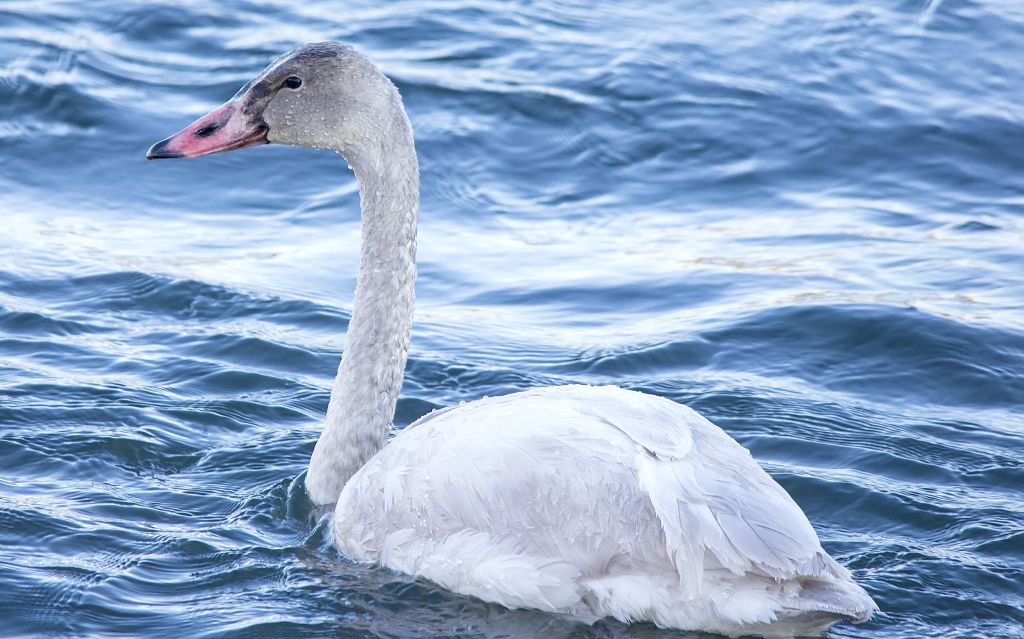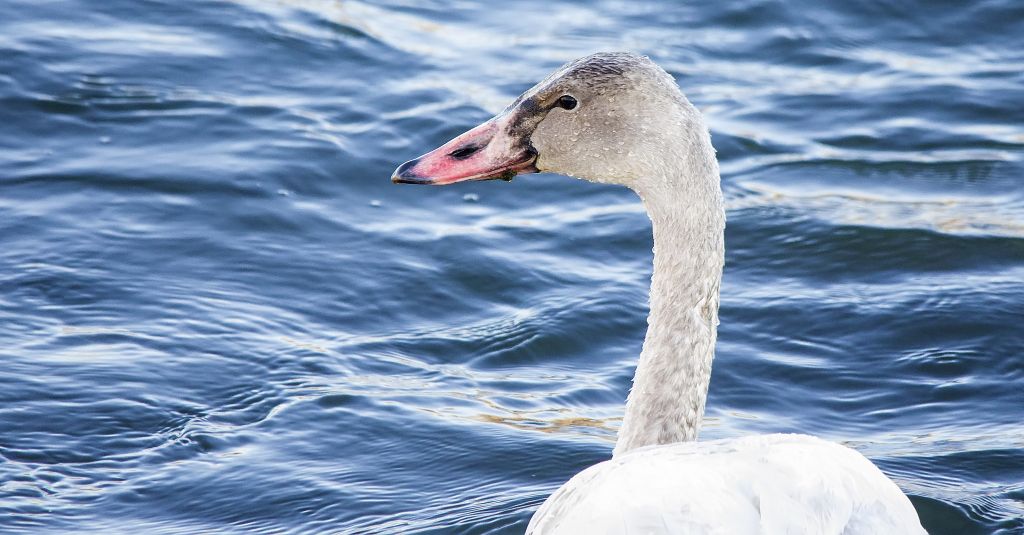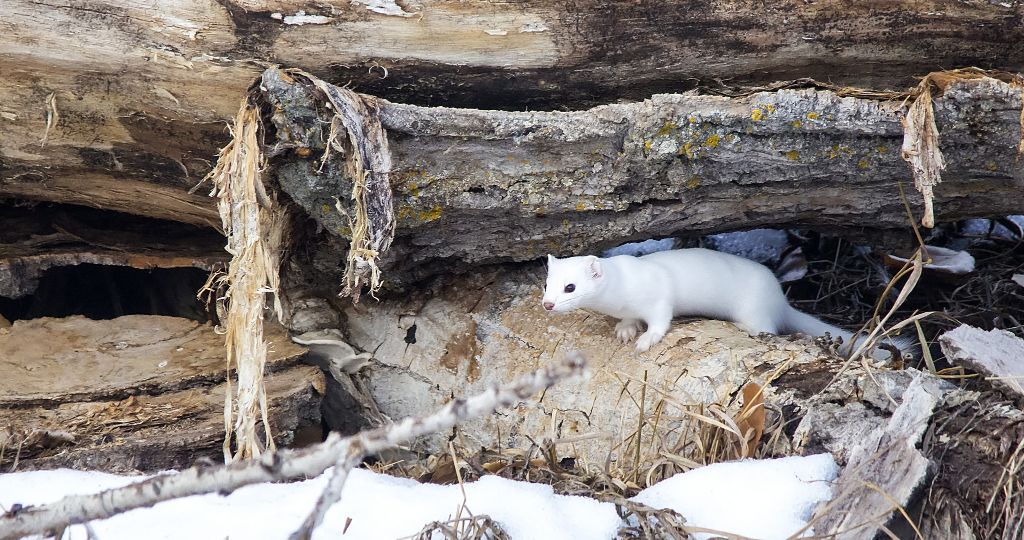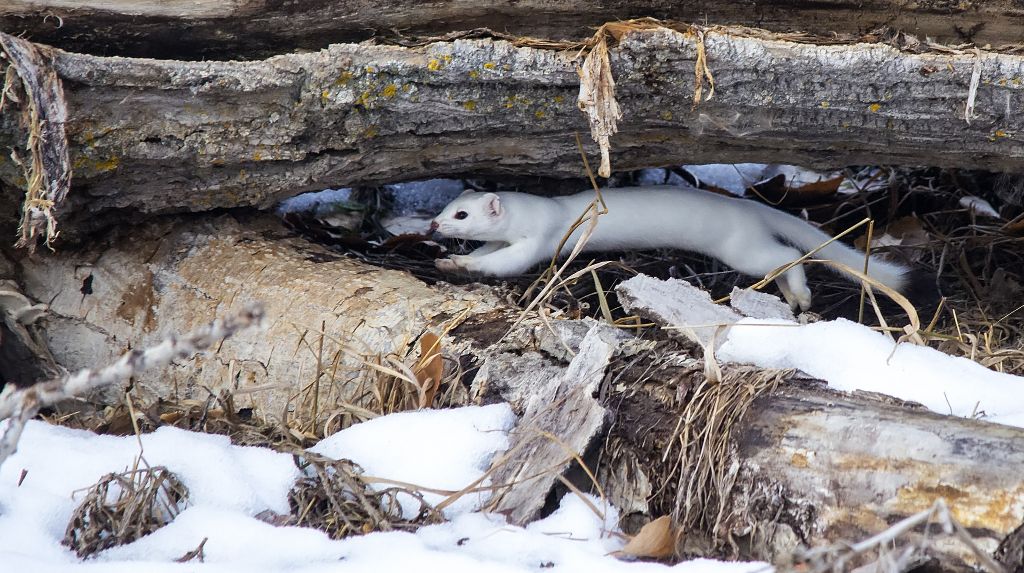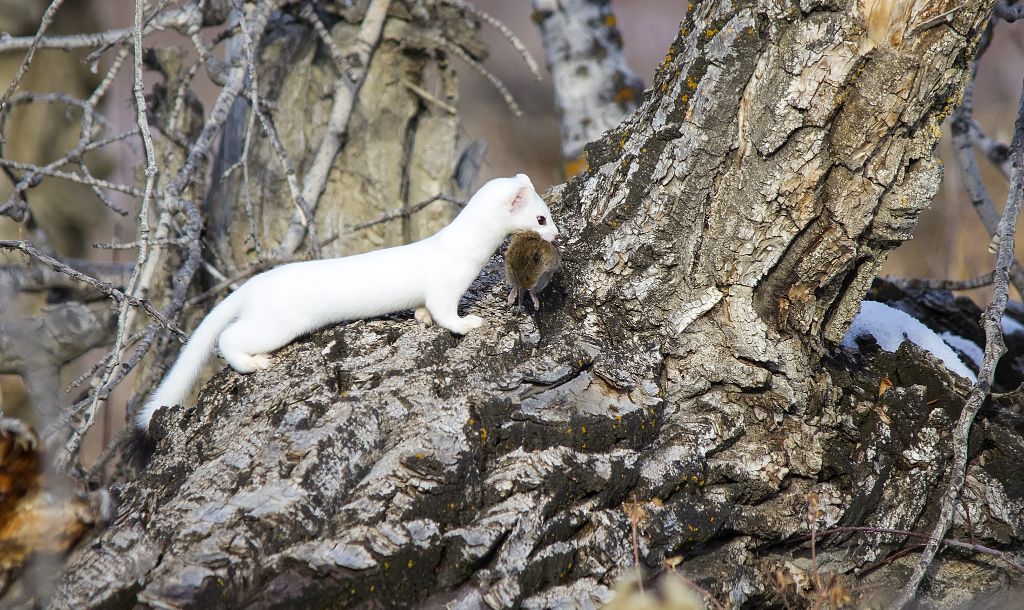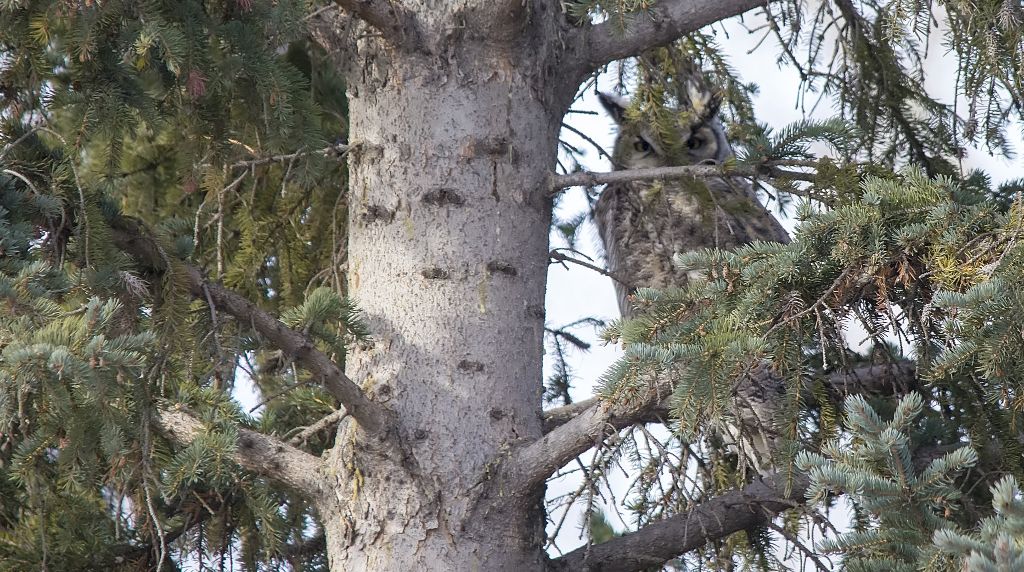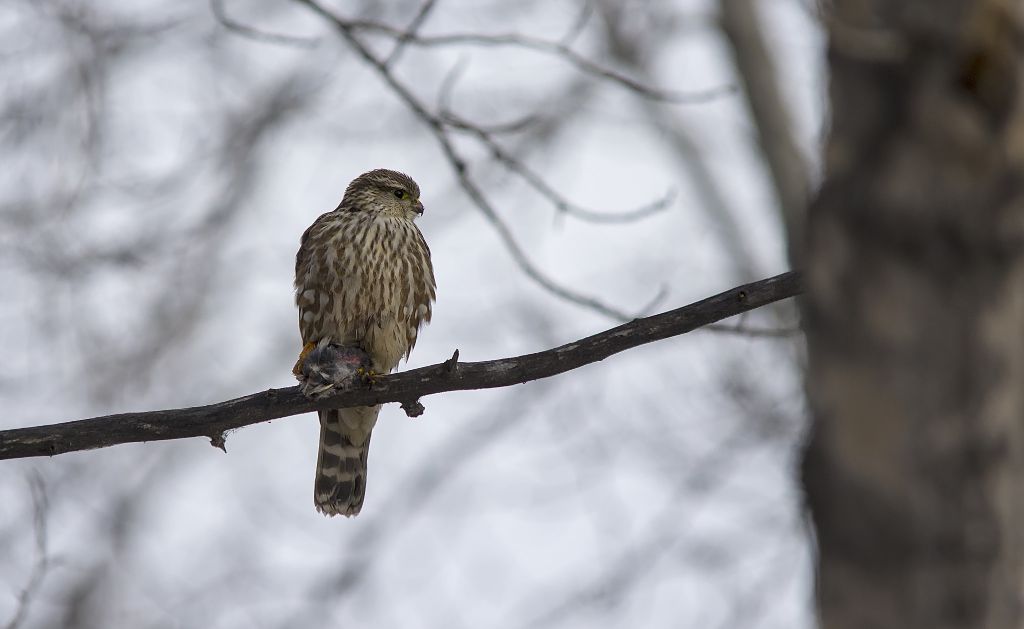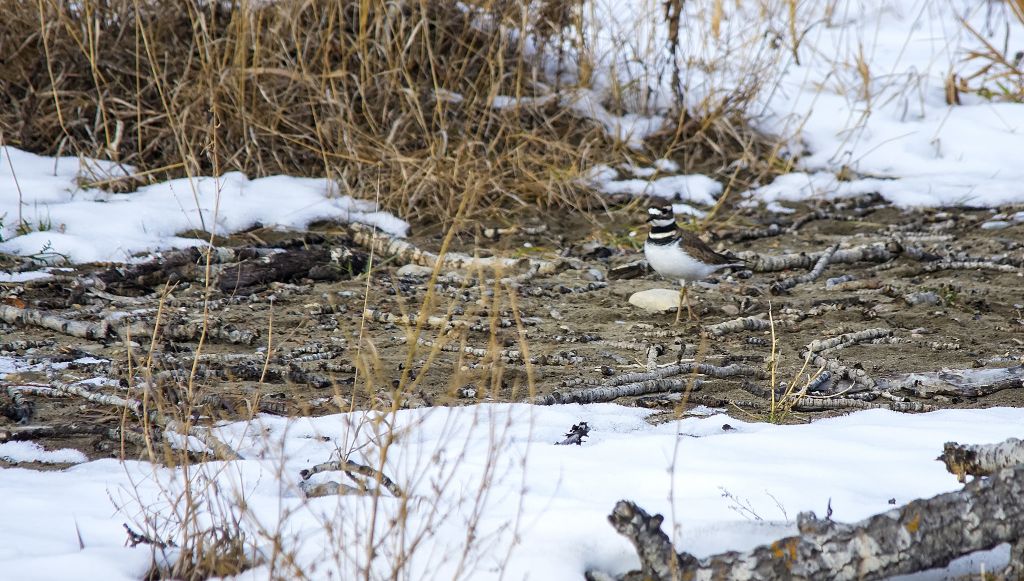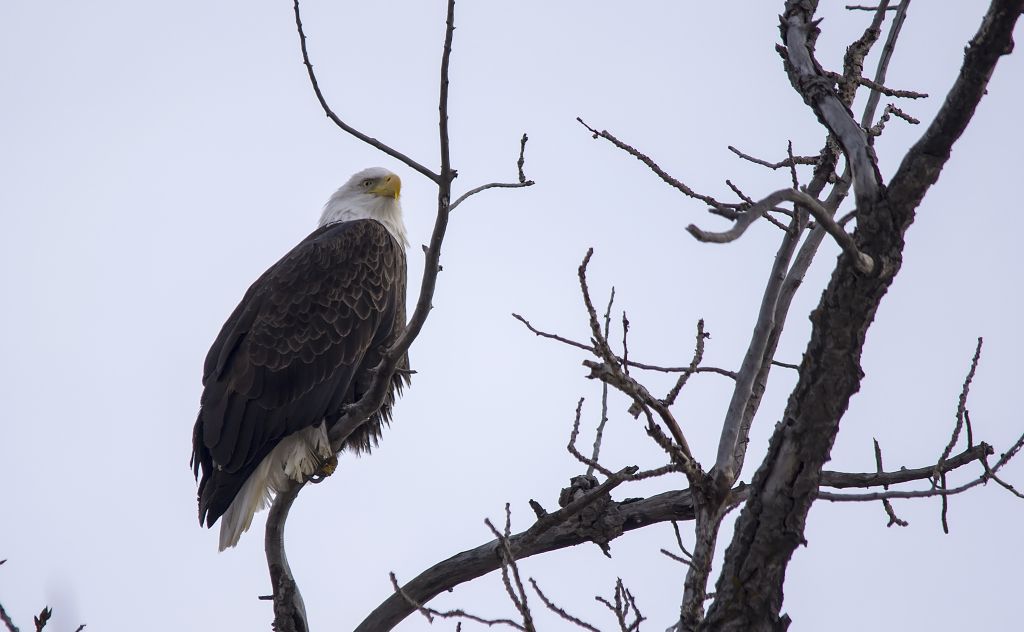Posted by Bob Lefebvre
I have heard before from more than one birder that though they would like to start using eBird, they don’t often see any really good birds. But eBird isn’t a place to report just the “good” birds, it is for reporting all bird species, and the numbers of each species. The data collected on the eBird site is of great use to scientists studying birds and their habitats. eBird is a resource used to monitor the health of bird populations, and the changing patterns of their distribution, by amassing a huge database of biodiversity records. This is a crucial resource for conservations who are trying to decide where our limited resources can best be put to use in helping birds, and in arguing for the preservation of critical habitats. The data comes from both professional and recreational birders.
The familiar House Sparrow has undergone a rapid population decline over much of its range. Is this continuing, accelerating, or levelling off? Is it related to gains by other species? eBird can help to answer questions like these for this and many other species.
It is easy to sign up on the eBird site and get started contributing to this citizen science project. Most birders can contribute almost every day. If you watch birds in your yard, at work, or walking your dog, you can submit your observations and help fill in valuable information on the birding map. Just get in the habit of keeping track of these birds, even if it it is just for a half-hour a day. You need to note the date, the time you started birding, the duration, and, if you are travelling, approximately how far. Then you make a note of the bird species you identify, and how many of each.
Below is a notepad page from March 19, 2014. I used to keep a notepad in the kitchen to keep track of my yard birds, and added to it through the day as I watched them through the windows. (Now I use the BirdLog app on my smartphone, which I find is just as easy, and which submits the results directly to the eBird website. See this blog post, and also see the BirdLog site.) Occasionally I will spend an extended time of a half-hour or more watching birds in the yard and record the duration, and that is a very useful list to submit to eBird (it is a Stationary count rather than a Travelling count). But usually when I am at home I just watch intermittently, and that is recorded on eBird as an Incidental count, since I may have missed something when I wasn’t watching. On my list below, the number for each species is the highest number I am sure of; in other words, the lowest number that could have accounted for all the sightings I had that day. For example, I recorded four Black-billed Magpies. Although I may have seen a magpie eight or ten times during the day, the highest number I saw at once was four. The other sightings could have been the same birds seen again.

For House Sparrows, I initially saw eight. Later, I saw ten birds in the yard, so I added two. Still later, there were 26 at one time, so I added another 16 for a minimum count of 26. Note that I have recorded male or female for some of those birds for which that can be determined by sight (or hearing, if the birds are singing). This is also important information that can be recorded in eBird, but in this case it also helped to determine the number of birds. I saw a male Dark-eyed Junco, then a female later. The birds were not seen at the same time but must have been different individuals, so the total is two. For Northern Flickers, I made a note of the head markings, and thus deduced that there were at least four individuals, three males and one female, not one bird returning over and over.
Here is the eBird checklist that resulted when I submitted the above list:
———————————-
Location
Calgary – Yard, Calgary County, Alberta, CA
Date and Effort
- Protocol:
- Incidental
- Party Size:
- 1
- Observers:
- Bob Lefebvre
- Comments:
- N/A
Species
2 |
Canada Goose |
||||||||||||||||||||
|---|---|---|---|---|---|---|---|---|---|---|---|---|---|---|---|---|---|---|---|---|---|
1 |
Downy WoodpeckerAge & Sex
|
||||||||||||||||||||
4 |
Northern Flicker1 drumming. Age & Sex
|
||||||||||||||||||||
4 |
Black-billed Magpie |
||||||||||||||||||||
2 |
Black-capped Chickadee |
||||||||||||||||||||
1 |
American RobinAge & Sex
|
||||||||||||||||||||
1 |
European StarlingAgain appeared to have roosted overnight in the flicker nest box, emerging at 8:10 am. |
||||||||||||||||||||
1 |
White-throated SparrowAge & Sex
|
||||||||||||||||||||
2 |
Dark-eyed Junco (Slate-colored)Age & Sex
|
||||||||||||||||||||
3 |
House Finch |
||||||||||||||||||||
26 |
House Sparrow |
Are you submitting a complete checklist of the birds you were able to identify?
Yes
——————————-
Similarly, you could keep track of the birds you see every day at your workplace, or nearby on your lunch break, or on your commute. If you go for daily walks with your dog, it would also be pretty easy to keep track of the birds you see. If you follow the same route or are in the same park every day, you will have one eBird location that you use over and over, and you will be able to monitor the changing patterns of bird populations through the seasons and the years, which is what eBird was designed to do.
I work outside, walking the same route over and over every day. Before getting the Birdlog app, I carried a notepad and stopped every block or two to update my list. I have found it to be pretty easy to keep track of what I see and hear (mostly hear, actually – I can’t track down every bird since I am working, but after a while you learn to recognize all the birds by voice, and keep track of where they are as you walk. It does take a little practice). You have to be careful not to double-count birds as they (and you) move around, but for most species that is straightforward. Birds like magpies that move around a lot can be tricky, but I think they tend to be under-counted anyway, since whenever a hawk enters the neighbourhood it is suddenly beset by dozens of magpies that you weren’t aware of. For eBird the rule of thumb is just to try to get an estimate that does not wildly over-count.
Here is the page of my notebook from my eight-kilometer walk on May 7, 2013 in St. Andrews Heights in northwest Calgary. On this list the totals are cumulative – I don’t add any ticks until I am sure I have seen more birds than before.
And below is the resulting eBird list:
———————————————–
Location
Calgary – St. Andrews Heights, Calgary County, Alberta, CA( Map )
Date and Effort
Tue May 07, 2013 10:15 AM
- Protocol:
- Traveling
- Party Size:
- 1
- Duration:
- 2 hour(s), 35 minute(s)
- Distance:
- 8.0 kilometer(s)
- Observers:
- Bob Lefebvre
- Comments:
- N/A
Species
11 species total
2 |
Rock Pigeon (Feral Pigeon) |
|---|---|
1 |
Northern Flicker |
1 |
MerlinBreeding CodeON Confirmed–Occupied Nest
|
11 |
Black-billed Magpie |
6 |
American Crow |
4 |
Black-capped Chickadee |
3 |
Red-breasted Nuthatch |
3 |
American Robin |
6 |
House Finch |
6 |
Red Crossbill |
50 |
House Sparrow |
Yes
————————————————
It may not seem like much when you are reporting less than a dozen species on these lists, and seeing pretty much the same birds every day for long stretches, but over time the bird species and numbers change with the seasons, and you sometimes find new and unexpected species as well. Although I will typically see about eight species in the winter and fifteen to twenty in the summer in my yard or in suburban neighbourhoods like St. Andrews Heights, the year totals and life totals for those locations are surprisingly high. From 2008-2014 I submitted 366 lists from St. Andrews Heights, and recorded 67 species. I have submitted 178 yard lists in 2014 and have 56 species. Since January 2012 I have 74 species on my yard list, on 468 checklists.
I hope and expect to see more and more birders using eBird to record their sightings in the future. It is easy to use, and a fun way to contribute to citizen science all year long.
For a brief description of what eBird is and how the data is used, see this article: About eBird
There is a lot of information about how to use the eBird site on its Help Page.
Here is an excellent tutorial on YouTube which describes how to submit observations:
Here is a much fuller introduction to eBird. The video is almost an hour long. The basics of submitting sightings begins just after the 34-minute mark.
I hope that gets you started!
